In an era where industrial processes, aerospace engineering, and even everyday applications demand materials that can endure extreme temperatures, understanding what can withstand a lot of heat is crucial. This article delves into the science behind heat-resistant materials, their applications, and the innovations that are shaping the future of heat resilience.
Understanding Heat Resistance
Heat resistance refers to a material's ability to maintain its structural integrity and functional properties when exposed to high temperatures. This characteristic is essential in various industries, including aerospace, automotive, manufacturing, and electronics. The ability to withstand heat is not merely about temperature tolerance; it also involves factors such as thermal conductivity, thermal expansion, and oxidation resistance.
Key Materials That Withstand High Temperatures
- Ceramics:
- Properties: Ceramics are known for their exceptional heat resistance, often capable of withstanding temperatures exceeding 1,600°C (2,912°F). They exhibit low thermal conductivity, making them excellent insulators.
- Applications: Used in aerospace components, kiln linings, and thermal barrier coatings, ceramics are vital in environments where high thermal stability is required.
- Metals:
- Titanium Alloys: Titanium and its alloys can endure temperatures up to 600°C (1,112°F) while maintaining strength and corrosion resistance. Their lightweight nature makes them ideal for aerospace applications.
- Nickel-Based Superalloys: These alloys can withstand extreme temperatures (up to 1,100°C or 2,012°F) and are commonly used in jet engines and gas turbines due to their excellent mechanical properties and oxidation resistance.
- Refractory Materials:
- Definition: Refractories are materials that can withstand high temperatures without melting or deforming. They are typically made from oxides, carbides, and nitrides.
- Applications: Widely used in furnaces, kilns, and reactors, refractories are essential in industries such as metallurgy and ceramics.
- Composite Materials:
- Characteristics: Composites, particularly those reinforced with carbon fibers or ceramic matrices, can withstand high temperatures while being lightweight and strong.
- Usage: These materials are increasingly used in aerospace and automotive applications, where weight savings are critical without compromising heat resistance.
Innovations in Heat-Resistant Technologies
As industries evolve, so do the materials and technologies that enable heat resistance. Here are some notable advancements:
- Aerogel Insulation:
- Overview: Aerogels are among the lightest solid materials known, with remarkable thermal insulation properties. They can withstand temperatures up to 1,200°C (2,192°F) and are used in applications ranging from space exploration to building insulation.
- Benefits: Their low density and high surface area make them ideal for applications where weight and thermal management are critical.
- Heat-Resistant Coatings:
- Functionality: Advanced coatings, such as thermal barrier coatings (TBCs), are applied to components to enhance their heat resistance. These coatings can significantly extend the lifespan of parts exposed to high temperatures.
- Applications: Commonly used in gas turbines and combustion engines, TBCs help maintain efficiency and reduce wear.
- Smart Materials:
- Definition: Smart materials can adapt to changes in their environment, including temperature fluctuations. Shape memory alloys and thermochromic materials are examples that can respond to heat.
- Potential: These materials hold promise for future applications in aerospace and automotive industries, where dynamic responses to thermal changes could enhance performance and safety.
Conclusion
Understanding what can withstand a lot of heat is essential for advancing technology across various sectors. From ceramics and metals to innovative composites and coatings, the materials that endure extreme temperatures are pivotal in ensuring safety, efficiency, and performance. As research continues to push the boundaries of material science, we can expect even more robust solutions to emerge, enabling industries to thrive in high-temperature environments.
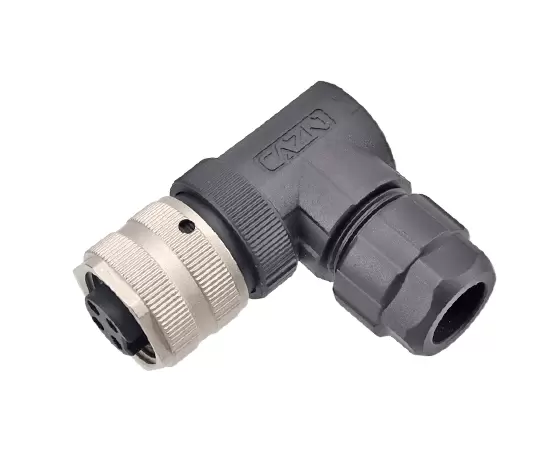

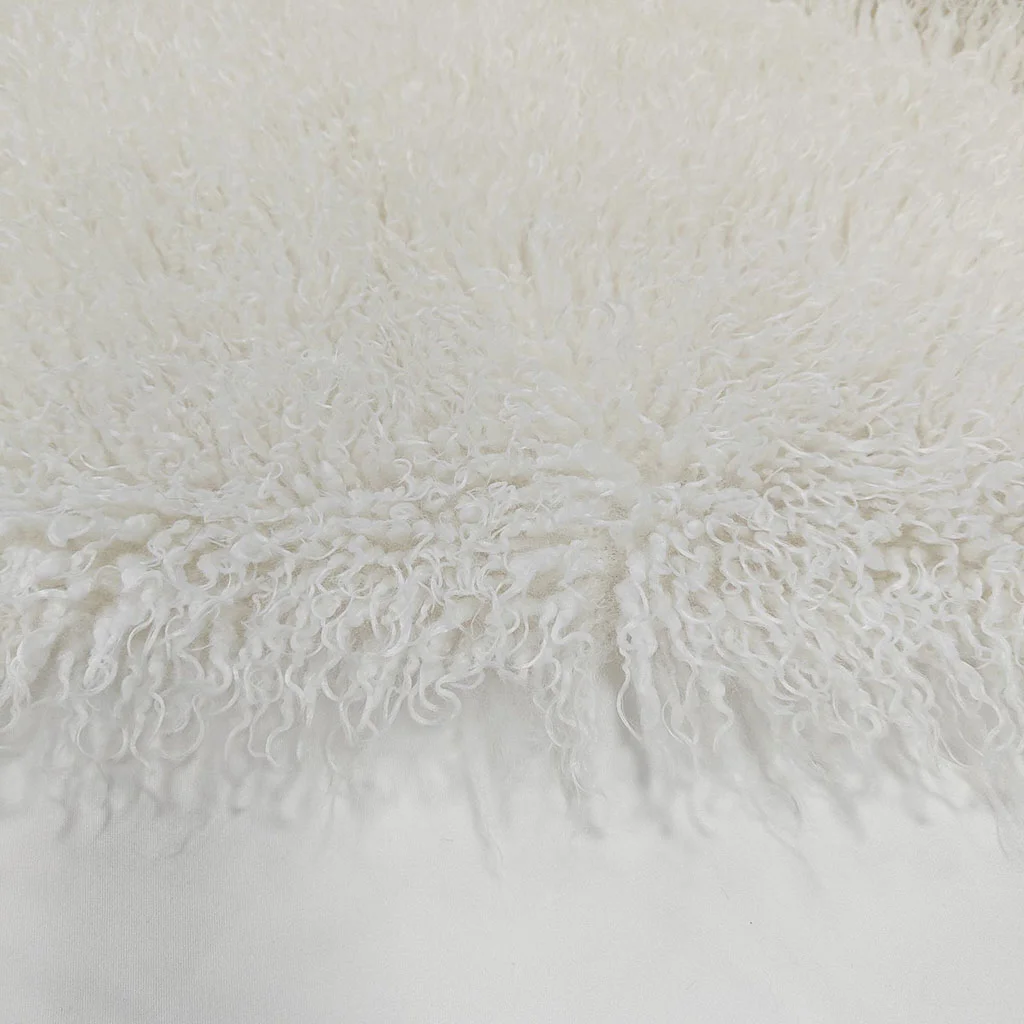

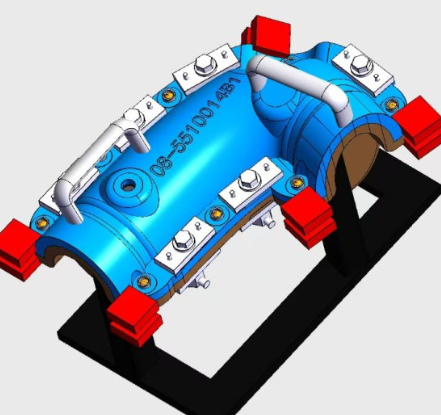
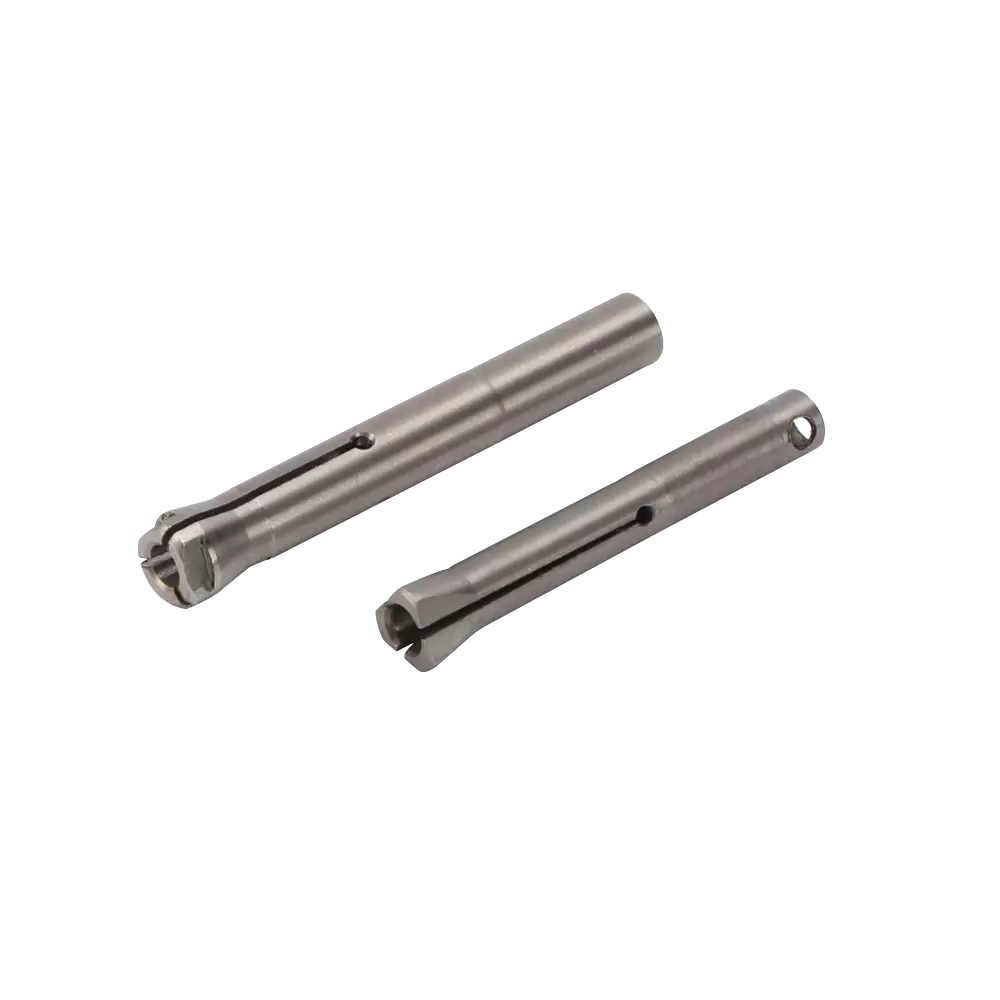

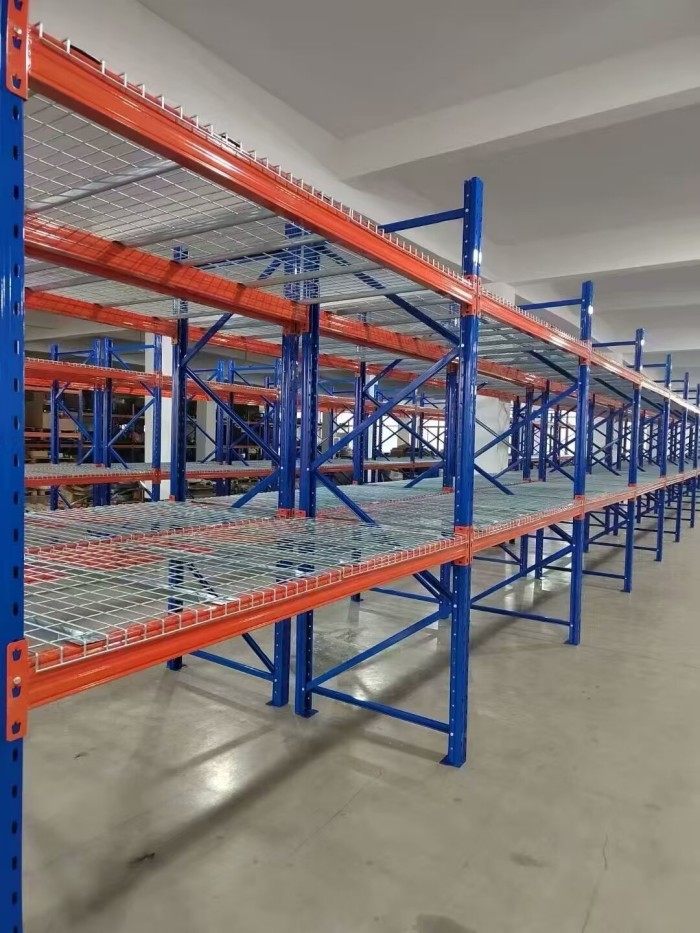


+ There are no comments
Add yours